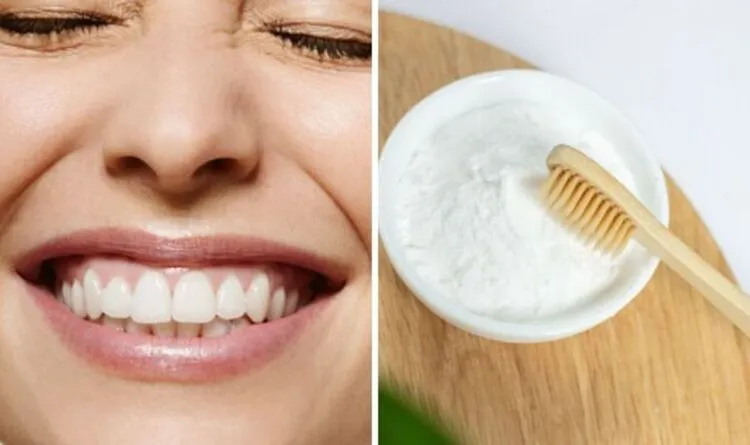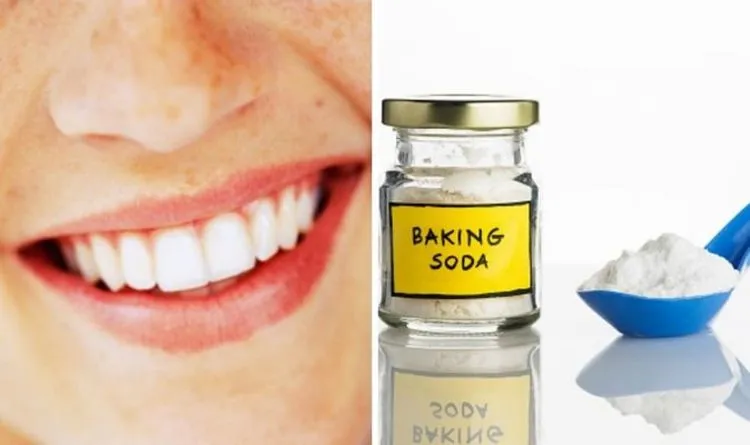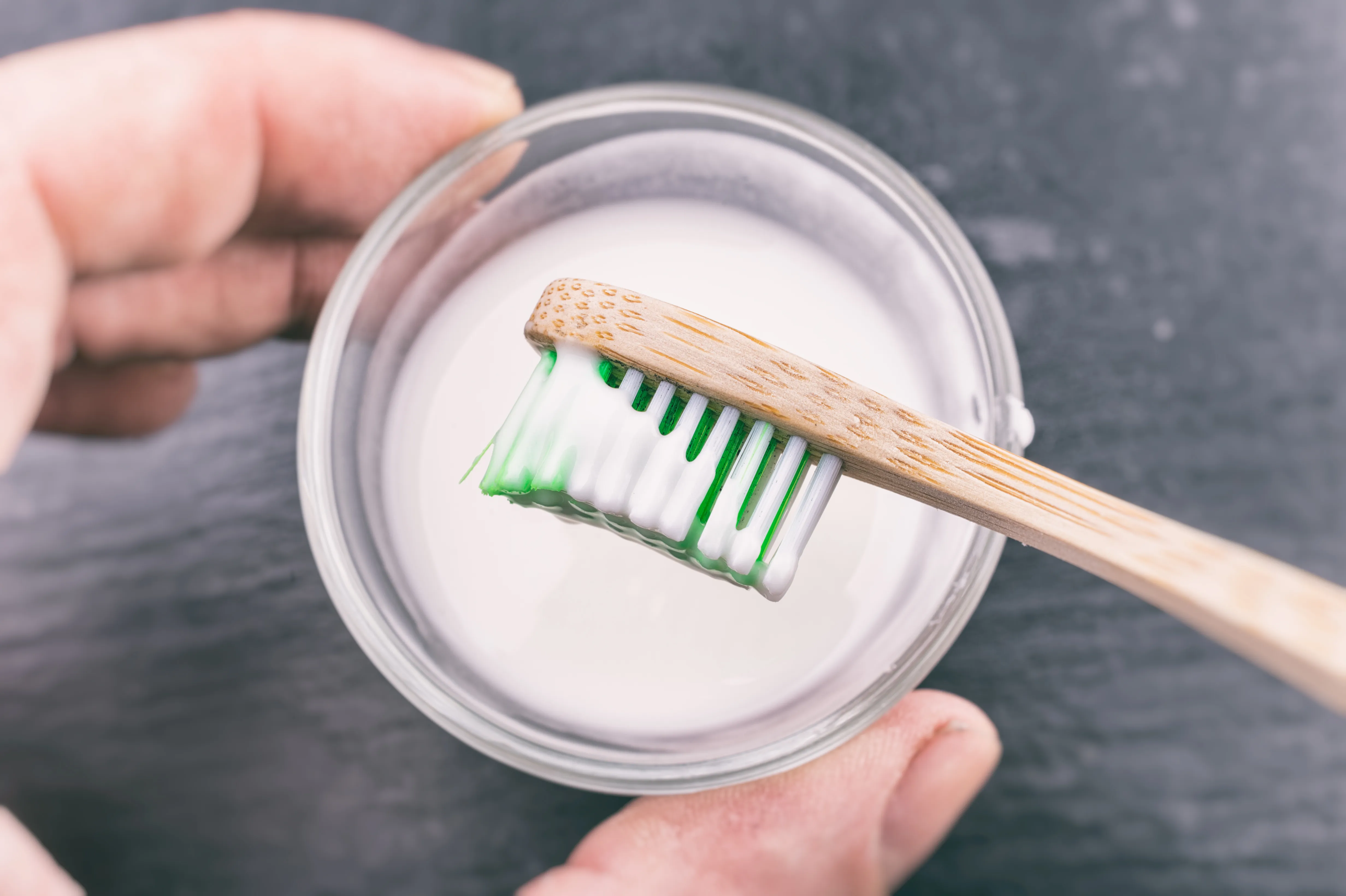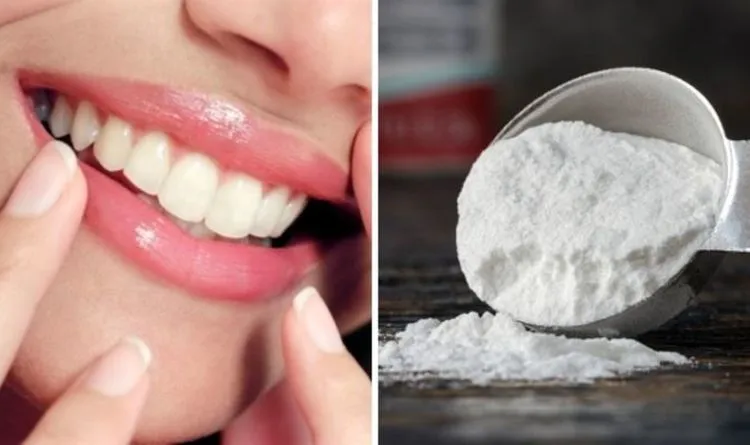Achieving a brighter smile is a common goal, and many people turn to home remedies like baking soda for teeth whitening. But is this approach safe? This comprehensive guide will explore the basics of baking soda teeth whitening, its potential risks, and how to use it safely, alongside alternative methods for achieving a dazzling smile. We’ll delve into the science behind baking soda’s whitening abilities and provide practical advice to help you make informed decisions about your oral health. It’s important to be well-informed when considering any teeth whitening method, and this article provides the essential information you need.
Baking Soda Teeth Whitening The Basics
What is Baking Soda?
Baking soda, also known as sodium bicarbonate, is a common household ingredient with various uses, including cleaning, cooking, and personal care. It’s a white, crystalline powder that is alkaline, meaning it has a high pH. This alkaline nature makes it effective at neutralizing acids, which is one of the reasons it’s used in toothpaste and teeth whitening products. It’s readily available and inexpensive, making it an attractive option for those seeking affordable teeth whitening solutions. However, understanding its properties is crucial before applying it to your teeth. Consider the ingredients that you are using and make sure to read all the instructions.
How Baking Soda Works for Teeth Whitening

Baking soda whitens teeth through a combination of mechanisms. Firstly, it acts as a mild abrasive, helping to scrub away surface stains caused by coffee, tea, and other foods. The small particles of baking soda can gently remove these stains, revealing the natural whiteness of your teeth. Secondly, its alkaline properties help to neutralize acids in the mouth, which can contribute to enamel erosion and staining. By reducing acidity, baking soda creates a less favorable environment for stain formation. Finally, some studies suggest that baking soda has a mild bleaching effect. However, the effectiveness of baking soda for teeth whitening can vary from person to person. It also depends on the extent of the staining, and the frequency of use.
Is Baking Soda Safe for Teeth Whitening?
While baking soda can be effective for teeth whitening, its safety is a subject of debate. It is generally considered safe when used in moderation and with proper technique. However, the abrasive nature of baking soda poses potential risks to your teeth and gums if not used carefully. It is essential to understand these risks before incorporating baking soda into your oral hygiene routine. Always consult with your dentist before making any significant changes to your teeth cleaning regimen, especially if you have sensitive teeth or other dental issues. Your dentist can provide personalized advice based on your specific needs and oral health condition.
Potential Risks of Baking Soda
Enamel Erosion

The biggest concern with using baking soda for teeth whitening is enamel erosion. Enamel is the hard, protective outer layer of your teeth. Baking soda is a mild abrasive, and frequent or aggressive brushing with it can wear down the enamel over time. Enamel erosion can lead to increased tooth sensitivity, as the underlying dentin layer becomes exposed. It also makes your teeth more susceptible to cavities and further staining. Once enamel is gone, it doesn’t grow back. Therefore, protecting enamel should be a priority, and limiting the use of abrasives like baking soda is crucial to maintaining healthy teeth.
Gum Irritation
Baking soda can irritate the gums, especially if used too frequently or with excessive force. The abrasive nature of baking soda can damage the delicate gum tissues, leading to inflammation, bleeding, and receding gums. Receding gums expose the roots of your teeth, making them more sensitive and vulnerable to decay. If you experience any gum irritation while using baking soda, it is essential to discontinue use and consult with your dentist. Maintaining healthy gums is just as important as having white teeth, so always prioritize gentle brushing and proper oral hygiene techniques.
Tooth Sensitivity
As mentioned earlier, enamel erosion can lead to increased tooth sensitivity. When the enamel wears away, the tiny tubules in the dentin layer become exposed. This allows hot, cold, sweet, or sour foods and drinks to stimulate the nerves inside your teeth, causing sharp, shooting pains. If you already have sensitive teeth, using baking soda may worsen the problem. If you experience increased sensitivity while using baking soda, discontinue use and consult your dentist. They can recommend desensitizing toothpastes or other treatments to alleviate the discomfort. Your dentist can also assess the health of your teeth and identify any underlying issues contributing to your sensitivity.
Safe Ways to Use Baking Soda for Whitening

If you decide to use baking soda for teeth whitening, it’s crucial to do so safely and with caution. There are several steps you can take to minimize the risks and maximize the benefits. Always consult with your dentist before starting any new teeth whitening regimen. They can assess your oral health and provide personalized recommendations based on your needs. Proper technique and frequency are key to avoiding potential issues. Furthermore, never use baking soda as a substitute for regular dental checkups and professional cleanings. Proper oral hygiene is critical to maintaining the health of your teeth and gums.
Proper Dilution and Application
To minimize the abrasive effect of baking soda, it is important to dilute it properly. Mix a small amount of baking soda (about a teaspoon) with water to create a paste. Apply the paste to your toothbrush and brush your teeth gently using small, circular motions. Avoid applying excessive pressure, as this can damage your enamel and gums. Make sure to reach all surfaces of your teeth, but do not scrub aggressively. After brushing, rinse your mouth thoroughly with water to remove any remaining baking soda. Using a soft-bristled toothbrush will further help protect your enamel. Always handle your teeth gently, and never be too aggressive when brushing.
Frequency of Use
The frequency of using baking soda for teeth whitening is crucial for safety. It is not recommended to use baking soda daily. Overuse can significantly increase the risk of enamel erosion and gum irritation. Instead, limit your use to once or twice a week at most. If you notice any signs of sensitivity, gum irritation, or enamel erosion, discontinue use immediately. Listen to your body and adjust your frequency accordingly. If you are unsure about the right frequency, it is always best to consult with your dentist. They can provide personalized advice based on your specific oral health needs. They will be able to assess your teeth and give you the best advice for your particular situation.
Alternatives to Baking Soda for Whitening

If you are concerned about the potential risks of using baking soda, several alternative teeth whitening methods are available. These alternatives offer effective whitening results while minimizing the risks of enamel erosion and gum irritation. Choosing the right method depends on your budget, the severity of your staining, and your personal preferences. Consulting with your dentist is crucial to determine the best whitening option for your teeth and oral health. Your dentist can assess your needs and provide personalized recommendations. They can help you choose a safe and effective way to achieve a brighter smile.
Professional Teeth Whitening
Professional teeth whitening, performed by a dentist, is one of the most effective and safest ways to whiten your teeth. Dentists use stronger bleaching agents than those found in over-the-counter products. They also take precautions to protect your gums and minimize the risk of sensitivity. Professional whitening can deliver significant results in a single visit or through a series of in-office treatments or custom-fitted trays. Before you proceed, your dentist will examine your teeth and gums to ensure you are a good candidate for the procedure. Professional whitening offers consistent results and is the safest method to achieve a dazzling smile. The treatments are performed under controlled conditions. This minimizes any potential risks and ensures the best outcome.
Over-the-Counter Whitening Products
Over-the-counter whitening products include whitening toothpastes, strips, and gels. These products are readily available and generally less expensive than professional treatments. However, they often contain lower concentrations of bleaching agents, so the results may not be as dramatic or as fast as professional whitening. When using over-the-counter products, it’s important to follow the instructions carefully and be aware of potential side effects, such as tooth sensitivity. Look for products that have been approved by dental associations, such as the American Dental Association (ADA). Ensure that you read the instructions on the products and follow the directions carefully. This will help you achieve the best results while minimizing any potential risks.
Maintaining White Teeth

Once you’ve achieved your desired level of whiteness, it’s essential to maintain your results. This involves a combination of good oral hygiene practices and lifestyle adjustments. Avoiding certain foods and drinks that stain your teeth, such as coffee, tea, and red wine, can help prevent new stains from forming. Regular brushing and flossing remove plaque and bacteria that contribute to staining. Regular dental checkups and professional cleanings also play a vital role in maintaining a bright and healthy smile. Always consult your dentist for professional cleaning and care. Taking care of your teeth is a lifelong commitment, and by implementing these practices, you can enjoy a brighter, healthier smile for years to come.
In conclusion, while baking soda can offer some teeth-whitening benefits, it is important to approach this method with caution. Understanding the potential risks and using it safely is paramount. Consider the alternatives available, such as professional teeth whitening and over-the-counter products. By prioritizing your oral health and making informed decisions, you can achieve a brighter, healthier smile. Always consult with your dentist to determine the best and safest whitening option for your unique needs. Regular dental checkups and cleanings, combined with proper oral hygiene practices, are key to maintaining a beautiful and healthy smile.
